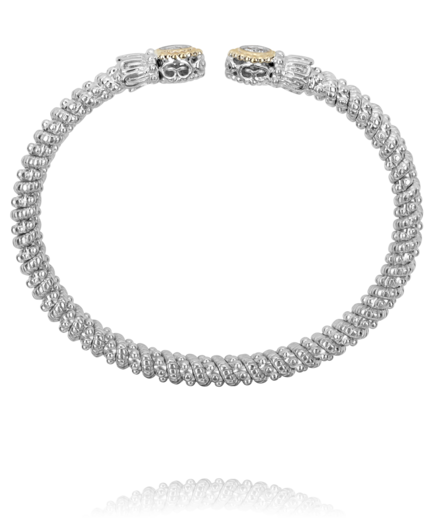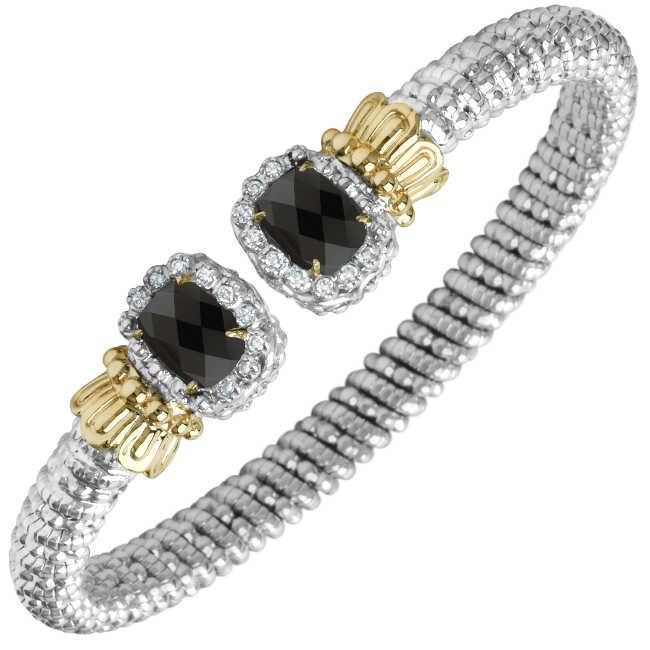This post is to help break down how to read a diamond certificate and show what all is listed in the certificate. For the sake of simplicity, we are going to be using a GIA certificate as an example. Notice above there is a GIA certificate broken down with numbers. We will go into depth on what each number means and how you can better understand a diamond certificate.



This number should match the GIA Report/Certificate number!
-
- GIA Report Number: This 10 digit number is specific to your diamond. No other GIA diamond will have the same number as yours. This number is actually also located in the top center of the certificate.
- Shape and Cutting Style: This section just simple states what shape and cutting style the diamond is, such as round, pear, emerald etc. So if you're looking at a round diamond I hope it doesn't say oval here!
- Measurements: This is where the measurements of the diamond's width, length, and depth are listed in millimeters. This should always match the diamond that you are looking at.
- Carat Weight: This is simply where the carat weight of the diamond is listed.
- Color Grade: This is where the diamond's color grade is listed. To see where the diamond falls in the color grading system you can check number 15 on the right had of the certificate.

-
- Clarity Grade: This is where the diamond's clarity grade is listed. To see where the diamond falls in the clarity grading system you can check number 15 on the right had of the certificate.
- Cut Grade: GIA laboratories have five cut grades for diamonds as you can see listed below. Note that this section is only available for round diamonds. Any other diamond shape, also known as fancy shape, will not have this section on their diamond certificate. This is because "An internationally accepted system for visually evaluating the appearance of fancy-cut diamonds does not exist at this time" (GIA.com).

-
- Polish: This refers to how smooth and cleanly the diamond facets have been polished. GIA grades a diamonds polish on the same scale as cut, starting from Excellent to Poor. Depending on the severity of the polish defects, a diamonds polish is almost impossible to see this with the naked eye but can affect the overall look of a stone.
- Symmetry: Symmetry refers to the preciseness of a diamonds shape and symmetrical facet placement. This section can include extra facets and off center tables. This is graded on the same scale as cut and polish, ranging from Excellent to Poor. Poor symmetry can have a an affect on a diamonds brilliance, because the unsymmetrical facets can mislead light.
- Fluorescence: This is where the diamond fluorescence is listed if any. Diamond fluorescence can be graded as either none, faint, medium, strong, or very strong. If you are not sure what diamond fluorescence is exactly click here for a more in depth explantation.
- Inscription: Not all GIA diamonds have this section. This section only shows if the diamond has it's GIA number inscribed on the girdle of the diamond like this:

This number should match the GIA Report/Certificate number!
- Comments: This section is where there will be additional comments about the diamond that aren't listed anywhere else on the certificate. Often, it might read something along the lines of "additional clouds are not shown" or "pinpoints not shown" referring to it not being plotted on the diamond diagram in section 14.
- Proportions: The diamond's proportions such the table percentage, depth percentage, crown angle, pavilion angle, and girdle thickness are listed here. The right combination of these percentages and angels determines how well the stone was fashioned from the rough. It also determines how lively the diamond is. Different diamond shapes have different percentage ranges for an ideal table and depth. For example a round diamonds ideal table percentage is between 53-58% and its depth is 59-62.3% which isn't the same for cushion cut or emerald cut diamond.
- Clarity Characteristics: The diamonds clarity characteristics are plotted in this section. It shows the diamond from both the table view and pavilion view to show exactly where in the diamond the inclusions are. Below the diagram is the Symbol Key. Each type of clarity characteristic has its own symbol that you might notice on the diagram whether its a knot, feather, twinning wisp, and so on. The Symbol key deciphers what type of inclusion is marked in that diagram.
- Grading Scale: This is where the GIA grading scale is locate for color, clarity, and cut. So if you forget how the grading works, just take a look at this section.














